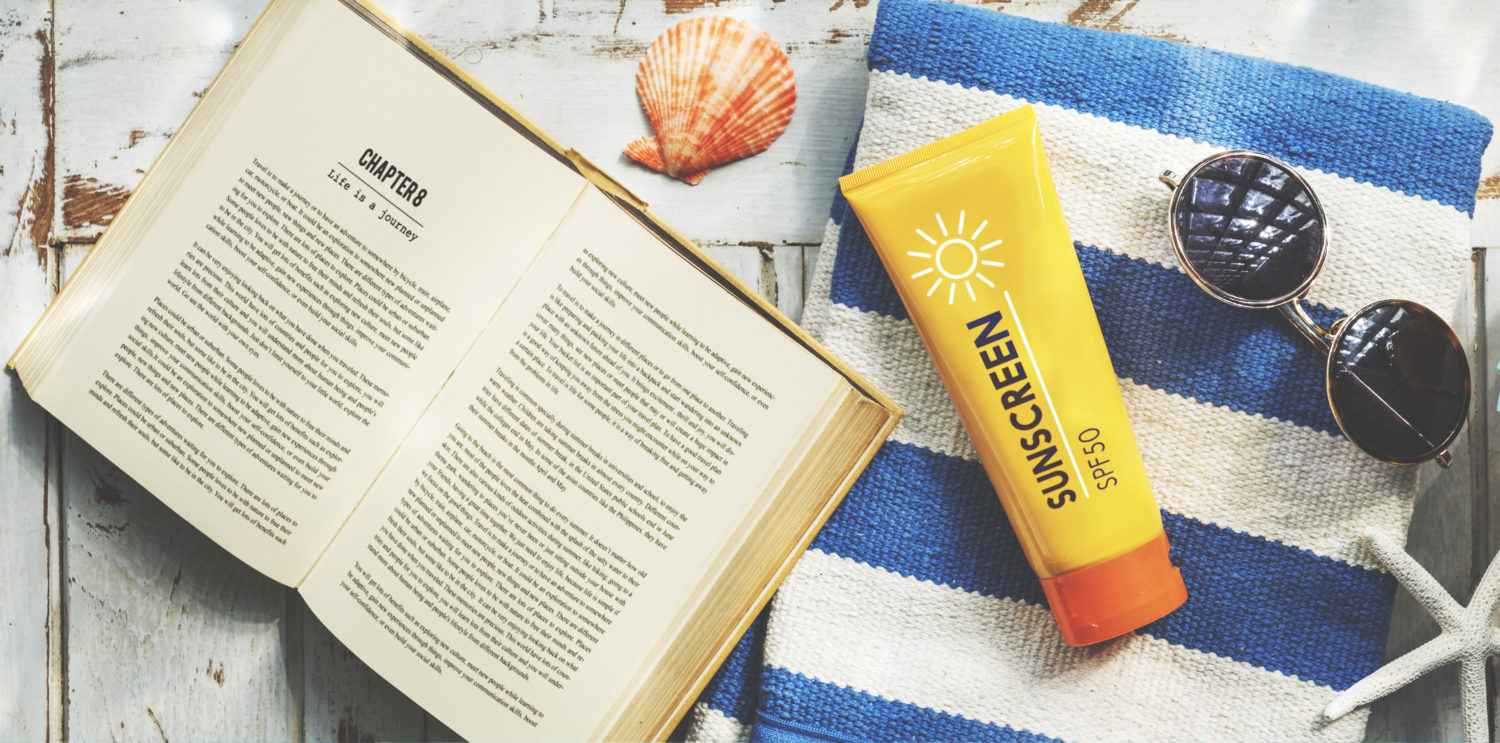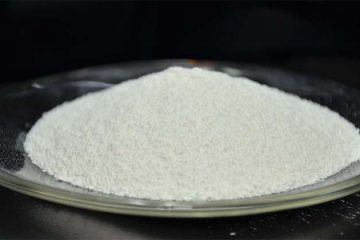
-
What is Nano zinc oxide used for?
Nano zinc oxide Powder is used in the cosmetic industry as a safe and effective ingredient in the manufacture of sunscreen. It imparts strong sun protection against harmful UVA and UVB rays. These nanoparticles have a high UV light absorption and do not break down from sun exposure. This provides effective protection from damaging rays that can lead to cancer. When sunscreen is applied, the zinc oxide remains atop the skin, absorbing, scattering and reflecting sun rays.
Zinc oxide nanoparticles are so small they become transparent in visible light but still retain their SPF-protective qualities. Nano zinc oxide also possesses anti-bacterial, anti-fungal and anti-mould properties that help extend product life. As it lacks heavy metal compounds, it is also considered safe for use in baby care products.
Being a relatively new material, nano zinc oxide is also being tested and tried for use in other industries such as textiles. It is being applied in electrospinning to produce ultrathin fibres and is already being incorporated in facemask production as an additional layer of protection against the Covid-19 virus.
Zinc oxide is also used in the manufacture of industrial products like rubbers, paints, and plastics. Its ability to protect against sun damage and prolong the life of products is established. It also has high chemical stability, electrical, optical and thermal properties that make it highly multifunctional.
-
What is the difference between zinc oxide and non-nano zinc oxide?
Nano refers to particle size, with a nanometer being one billionth of a meter. A nanoparticle is anything smaller than 100 nanometers. Non-nano refers to particles larger than 100 nanometers. There is some concern that the very small sizing of nano zinc oxide may allow the particles to cross the skin barrier. Though studies show this worry is unfounded, it has led many businesses to make a distinction between the products that use nano zinc oxide and those that are non-nano zinc oxide.
It is difficult to tell if a product is entirely free of nanoparticles. Such particles are difficult to measure and come in a variety of shapes. EU standards class a product as containing nanoparticles when more than 50% of the particles, including aggregates and agglomerates, in the number size distribution measure in the 1-100nm range. If less than 50%, they can be classified as non-nano zinc oxide. The US FDA has yet to provide a definition that distinguishes nano from non-nano zinc oxide.
-
What are the benefits of Nano zinc oxide? Why Is Non-Nano Zinc Oxide Safe And Effective?
Despite the very small size of nanoparticles, research has found that they are not absorbed into the body in any significant amount to cause harm. Human skin has been found to be an effective barrier to zinc oxide nanoparticles and therefore makes it safe for use in sunscreen. Their sun-protective and transparent nature further adds to their suitability for use in cosmetic products. Nano zinc oxide is also sometimes used in lip care products. Even in instances of accidental ingestion, exposure to the ingredient has been found to be of minimal risk.
The high concentration of larger sized particles in non-nano zinc oxide means there is even less risk of nanoparticles being absorbed into the human body through undamaged skin. There is also some concern that as a new material, nano zinc oxide has not been as extensively researched. Thus far, however, studies indicate that both nano and non-nano zinc oxide are safe and effective for use in cosmetics and not harmful to human health. The larger molecular size of non-nano zinc oxide however gives the perception that there is a lower risk when used as an ingredient.
The therapeutic qualities of nano zinc oxide, including antibacterial, antioxidant, anticancer, and immunomodulatory effects make it not just safe but also beneficial for use in various cosmetic, medical, and industrial products.
-
Is Nano sunscreen safe?
Zinc oxide is often used as an ingredient in mineral-based sunscreens. These nano sunscreens are highly rated by the Environmental Working Group (EWG). They are regarded as safe and effective in providing sun protection with minimal health risks. They note studies that found that extremely minute amounts or no amount of zinc oxide penetrates undamaged skin. This means that nano sunscreen lotions and creams are safe.
Whereas mineral sunscreens remain atop the skin dissipating UV rays, chemical sunscreens do end up penetrating and allowing UV light into the skin. The chemicals cause a reaction that converts this light to heat and dissipates it away. While both options are still highly recommended for sun protection, mineral-based sunscreen may be preferable for anyone concerned about prolonged exposure to chemical ingredients.
The EWG has also discouraged the use of spray sunscreens because of the risk of inhalation of particles. Lungs do not easily clear small particles which can end up passing into the bloodstream.

